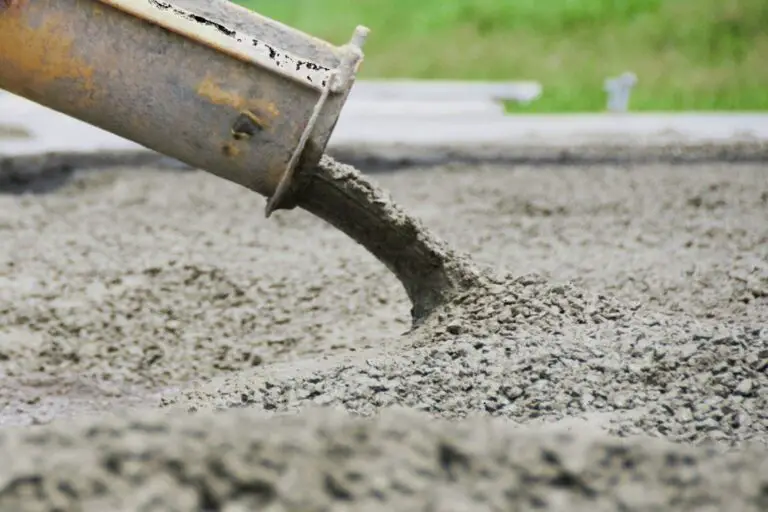Placing and Finishing Concrete
Some of the main requirements for the placing of concrete are: even spreading, concrete quality ensuring, balance on air content, homogeneity and water-cement ratio. The deliverables of placing is to avoid segregation and aid compaction of concrete. Concrete is a plastic material, so it can be molded into any shape.
In case of construction like road making, trimming of the subgrade is carried out before placing concrete, then it is moistened and well compacted. Then the placing of concrete is carried out, it should be placed continuously and as near as possible. The rate of concrete placing should be such that the previously concrete should not be set before placing new batch. There are certain guidelines that need to be followed for placing concrete. Such as, the drop height should be less than 1.5m, always through concrete on already placed fresh concrete, do not dump concrete separately, start the work from far end, up slope work is carried out in case of steeper sites, for the case of underwater concreting Tremie method is used.
The simple placing of concrete doesn’t compact it properly especially in the case of reinforced concrete. For even distribution of concrete different vibrators are used. There are two general types of vibrators internal vibrators and external vibrators. The external vibrators are used for complex formwork and reinforcement, precast plants and Compaction of thin layers and they are further divided into the following classes:
- Form vibrators
- Vibrating tables
- Surface vibrators
- Vibratory screeds
- Plate vibrators
- Vibratory roller screeds
- Vibratory hand floats and trowels
Many problems are solved when vibration of concrete is carried out, i.e. improved strength, bond, impermeability, quality and reduced creep, cracks and shrinkage. When concrete is not consolidated properly many problems occur, such as honey comb, large amount of entrapped air voids, cold joints, cracking etc. These problems of concrete would be explained in the later section of this paper. The last step in concrete utilization is the finishing of concrete, different instruments and vehicles are used for finishing purposes. The purposes of finishing are to get a smooth and aesthetically better looking surface, to embed any aggregate particle that has come out, to remove any imperfections, humps and voids.
The tools used for finishing purposes are: Darby, float leaves, steel finishing trowel, pressure washer, finishing brooms, concrete edger etc.
After the concrete gain strength, the formworks are removed. It should be kept in mind before removing the formwork that concrete has set well, it should not collapse, there should not be any dangerous deflection, and then during the removal concrete should not be damaged.
